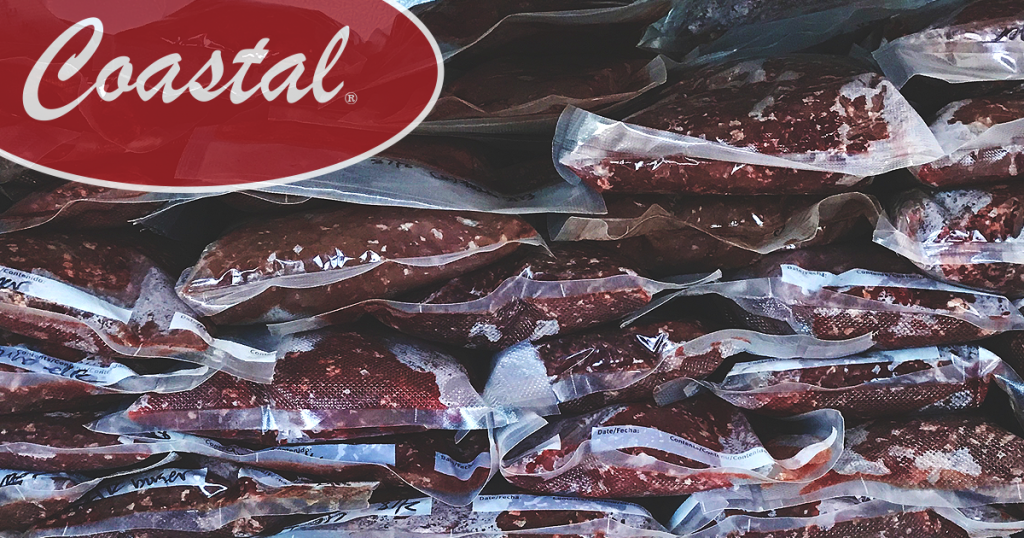Getting Started Processing Game
September 23, 2019
Editor’s Note: This article contains straightforward descriptions of hunting and meat processing. Please be advised.
Hunting deer, elk, and other big game is an honored tradition for many Northwest families. One of the lesser discussed aspects of the hunt involves processing the game once you get it home. Yes, you can take your prize to a butcher if he or she isn’t already booked weeks or months in advance. But when you hang, cut, wrap and freeze your own meat, it can add another level of sustainability to your hunt. Here’s what you you’ll need to get started.
Before You Go Hunting
Unless this is your first hunt, you’re likely familiar with hunting licenses, tags, and the rules that apply to every type of game. If not, the links below can help you get started in both Oregon and Washington.
Oregon Department of Fish and Wildlife
For more information, call 503-947-6101
Washington Department of Fish and Wildlife
For more information, call 360-902-2200
How Much Meat will You Get
A professional butcher will get more meat from your deer, elk, or other prize. But you can typically expect your wrapped meat to weight less than half of what the animal weighed before you removed its organs and hide.
What You Need for the Job
We’ve put together a quick list of items you will need and some would-be-nice items to help you get the job done a bit quicker.
- Knife (up to 3.5” blade)
- Knife (up to 7” blade)
- Knife sharpener
- Hack saw or bone saw
- Large butcher block
- Tarp
- Sturdy table
- Meat grinder
- Bucket and garbage can liners
- Rubber gloves and large apron
- Vacuum sealing machine
- Butcher plastic and Butcher wrap
Before You Bring Your Prize Home
Once you’ve brought the animal down, you’ll need to field dress it. If you’ve never done this before, it’s best to go hunting with a seasoned pro who can show you the proper method.
With deer, a lot of pros will suggest removing the tarsal gland from each of its hand legs. Be sure to wear rubber gloves. Do NOT use the same knife to complete the field dressing as the gland secretions can contaminate the rest of the meat. Remove the gloves before touching any other part of your trophy.
Next, quickly remove the offal (internal organs) and open the chest. This helps cool the creature and slow bacteria growth. Removing the blood, guts, heart, liver, and other organs will reduce 20 percent of the animal’s weight. Place the prize in your deer or elk bag, which can be used later when hanging the meat. A bucket is a nice way to carry home the heart and liver, if they will be part of your processing.
Depending on where you brought your prize down, you may have the option of leaving the unwanted offal behind. Talk to your local game warden or the landowner first.
Some Simple Pointers to Processing Game
Skin the animal. Quite a few folk skin their deer or elk once the game is hung by its back legs on a gambrel (hoist with two hooks).
Let it hang for a week or so. Be sure the spot where it’s hanging is consistently between 35º to 50º. This process allows the meat to age, increasing its tenderness and flavor once rigor mortis has loosened and the meat naturally brakes down. Place your bucket below the animal to catch blood and collagen throughout this process. It’s also a good idea to keep your prize in the deer or elk bag to keep flies from finding your quarry.
Cleanliness is important. Rinse the skinned carcass. Wash your hands thoroughly while you allow the game to dry. Be sure all of your knives and other tools are also clean.
Reduce the animal to individual muscles. Removing the legs first and then working the meat off can make for easier work. Fillet meat from the ribs, neck, shoulders, hindquarters, hock, and spine. Be sure to cut across the grain of the meat. Back strap can be slicked down the center of the back. When necessary, use your hack saw to cut bone or cartilage.
Be neat and tidy. Place anything you will not eat into your bucket lined with garbage can liners. This can include membranes, connective tissue, cartilage, fat, and more.
Wrap the meat. Once the meat is all cleaned off, it’s time to wrap it in plastic and butcher paper. Be sure the pieces you wrap are not too large. A good rule of thumb is to wrap enough for a single meal. If you have a vacuum sealer, now is a great time to use it.
Use butcher paper. Double wrap all your cuts in butcher paper and mark what kind of cut you have, and when you wrapped it (date).
Get out the grinder. For shoulder straps and neck cuts, use a grinder. Vacuum seal and wrap this as well.
Proper disposal of the leftovers. Talk to your local landfill about options, or your nearby fish and wildlife expert. Some communities allow hunters to place the carcass and parts back on the land where they were first brought down.
Coastal is Your Hunting Headquarters
Your Northwest owned and operated Coastal outdoors sporting goods department has everything you need to make this year’s hunt a success. That includes processing your prize with ready-to-use knives, knife sharpeners, tarps, buckets, and a whole lot more.
Helping Links
Need help finding some of these items? We’ve got them at coastal.
